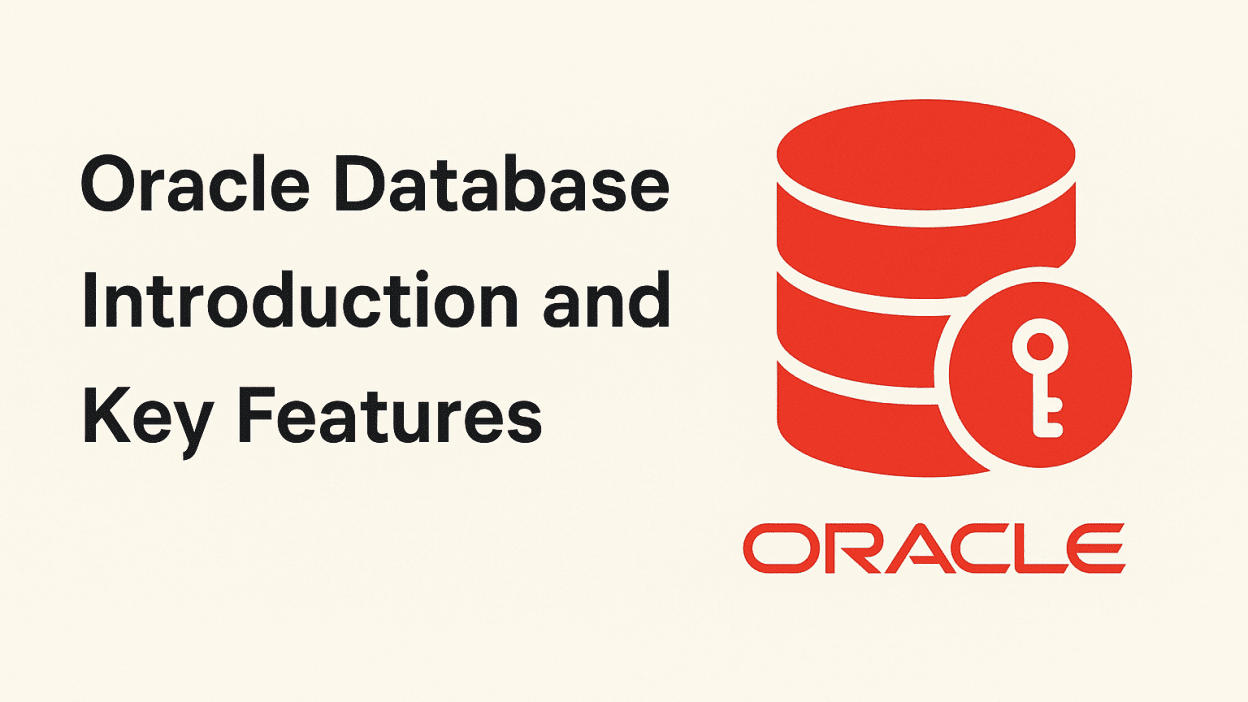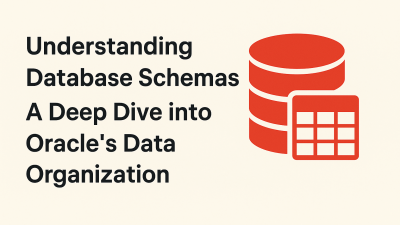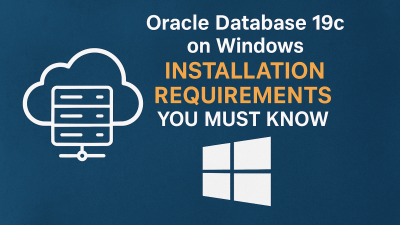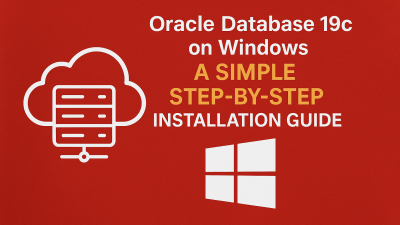
Every organization needs to store and manage information to meet operational requirements. For instance, corporations maintain employee records in human resources systems, ensuring data accessibility for authorized users.
An information system is a structured framework for processing and storing data. While traditional systems may use physical files and manual processes, modern organizations rely on databases—organized collections of information designed for efficient storage, retrieval, and management.
Database Management System (DBMS)
A DBMS is software that governs data storage, organization, and access. Key components include:
- Kernel Code: Manages memory and storage.
- Metadata Repository (Data Dictionary): Stores data definitions.
- Query Language: Enables applications to interact with data.
A database application is software that retrieves and manipulates data via a DBMS.
Early Database Models
First-generation DBMS included:
- Hierarchical Databases: Tree-structured data with parent-child relationships.
- Network Databases: Extended hierarchical models with many-to-many relationships.
These early systems had rigid structures, lacked flexible query languages, and made structural changes difficult.
The Relational Model
In 1970, E.F. Codd introduced the relational model, based on mathematical set theory. A relational database adheres to three principles:
- Structures: Well-defined objects (tables) store data.
- Operations: Actions to manipulate data.
- Integrity Rules: Constraints ensuring data consistency.
Data is stored in relations (tables), where rows (tuples) represent records and columns (attributes) define fields.
Relational DBMS (RDBMS)
An RDBMS manages logical and physical data operations:
- Logical: Applications specify what data is needed (e.g., querying an employee name).
- Physical: The RDBMS handles how data is retrieved (e.g., using indexes).
Oracle Database is a leading RDBMS. With object-oriented extensions (user-defined types, inheritance), it becomes an Object-Relational DBMS (ORDBMS).
Evolution of Oracle Database
Oracle’s development milestones:
- 1977: Founded as Software Development Laboratories (later Oracle Corporation).
- 1979: Oracle V2, the first commercial SQL-based RDBMS.
- 1983: Oracle V3, the first cross-platform RDBMS (written in C).
- 1985–1992: Introduced multiversion read consistency (V4), client/server support (V5), PL/SQL (V6), and stored procedures (Oracle7).
- 1997–1999: Oracle8 (object-relational features, partitioning) and Oracle8i (internet computing, Java support).
- 2001: Oracle9i introduced Real Application Clusters (RAC) and XML DB.
- 2003: Oracle 10g pioneered grid computing and Automated Storage Management (ASM).
- 2007: Oracle 11g enhanced manageability and automation.
- 2013: Oracle 12c introduced Multitenant architecture, In-Memory column store, and JSON support for cloud scalability.
- 2018–2019: Oracle 18c improved memory performance and Active Directory integration. Oracle 19c focused on stability, JSON enhancements, and Active Data Guard.
Oracle Database continues to innovate, balancing performance, scalability, and adaptability for modern enterprise needs.



